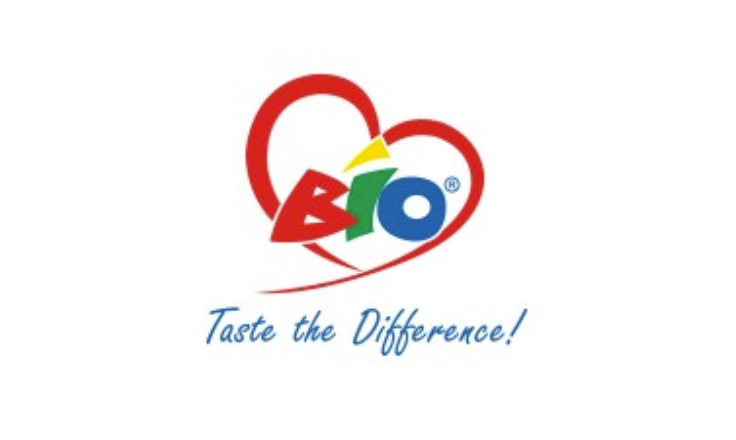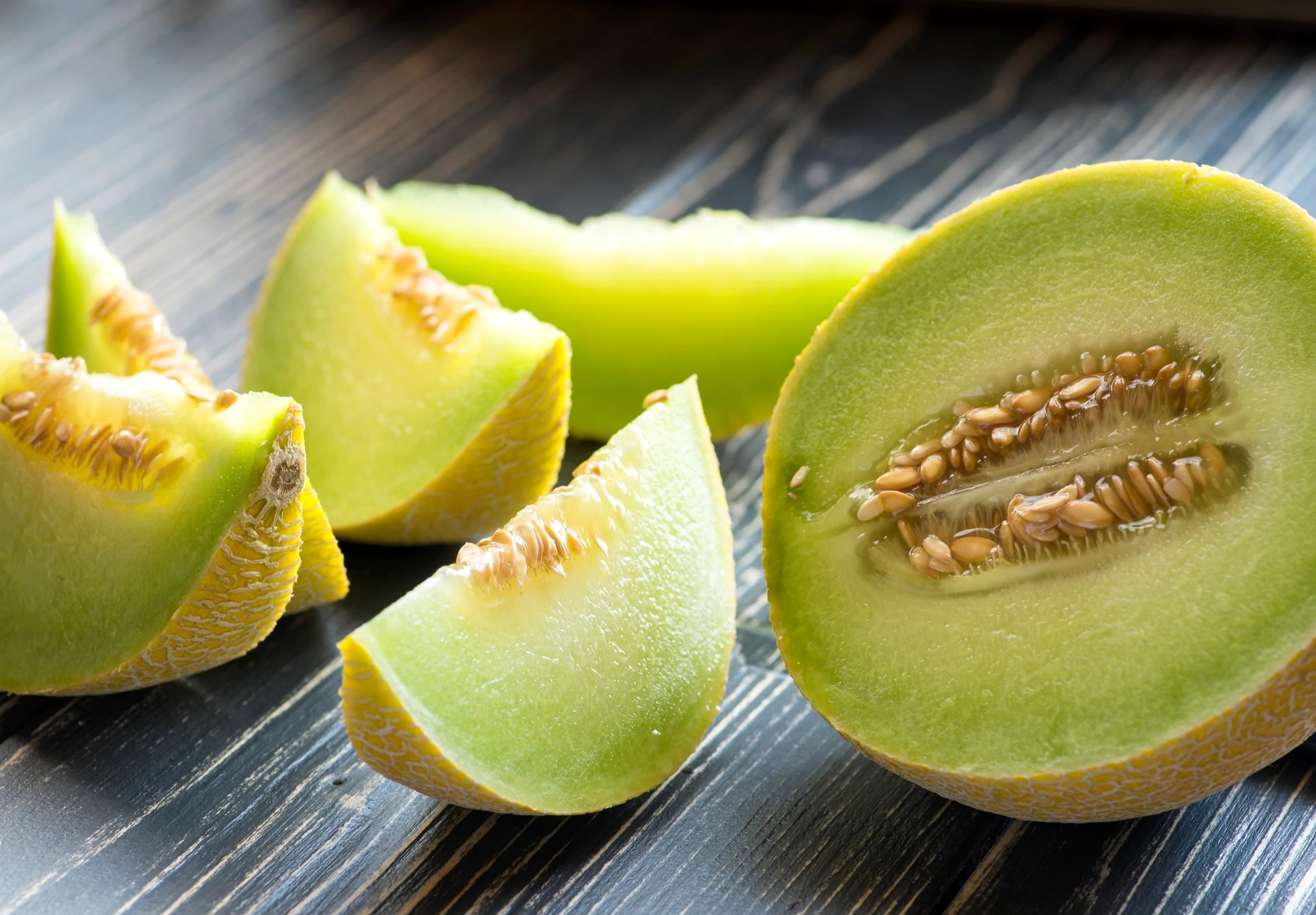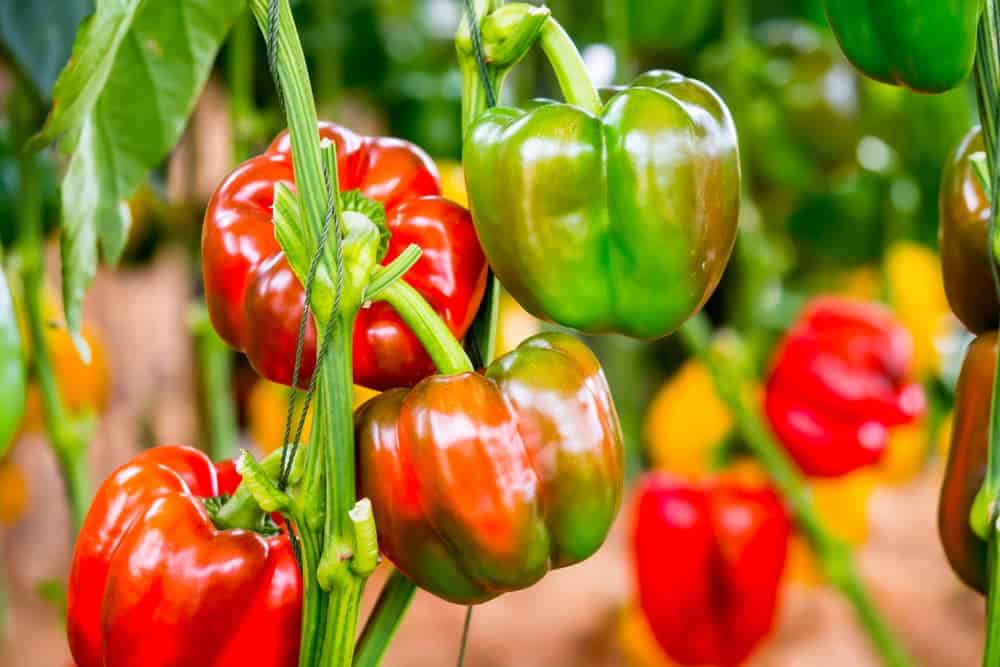Dairy farming in Kenya is one of the most profitable and reliable agricultural ventures. It contributes about 14% to the country’s agricultural GDP, making it a key player in Kenya’s economy.
From milk to manure, the benefits are many. With the right breed, housing, and feeding plan, you can turn dairy farming into a steady source of income.
Whether you are a new farmer or an experienced one looking to expand, dairy farming offers great returns if managed well.

Getting Started with Dairy Farming In Kenya
Before you dive into dairy farming, it’s important to understand the key requirements for success. Dairy farming is not just about keeping cows; it involves proper planning, consistent care and good management.
Key Factors to Consider Before Starting
To be successful in dairy farming, you need to meet the following conditions:
- Fertile land—You need land to grow fodder and support your dairy structures.
- Availability of water—Cows require a lot of clean water daily.
- Access to market—Ensure you have nearby customers or milk processors to buy your milk.
- Proper housing—Cows need shelter that protects them from rain, wind and direct sunlight.
- Good climate—Most dairy breeds thrive in cool areas such as Central Kenya and Rift Valley.
- Right breed selection—choose high-yielding dairy breeds.
- Reliable feed supply—Always have quality feeds ready throughout the year.
- Veterinary care—Have access to animal health services and a disease management plan.
A good foundation leads to better milk production and healthier animals.
Popular Dairy Breeds in Kenya
The choice of breed will determine how much milk your cows produce. Here are the most common high-yielding breeds in Kenya:
- Friesian—Produces 25 to 30 litres per day. It’s the most common and preferred for commercial dairy farming.
- Guernsey—Can yield up to 25 litres daily and is a fast grower.
- Jersey—Smaller in size but still produces 15 to 20 litres daily.
- Ayrshire—Known for its quality milk, yields around 20 litres daily.
- Fleckvieh—Dual-purpose breed, producing 18 to 20 litres of milk and also good for beef.
Each breed has its unique strengths, so choose based on your goals, climate and budget.
Proper Housing and Feeding of Dairy Cattle
For your cows to produce maximum milk, you must give them the best care.
Building Suitable Structures
Your dairy cattle need clean, dry and well-ventilated shelters. The houses must be spacious to allow free movement. Construct areas for feeding, resting, and milking separately.
Also, include:
- Feeding troughs
- Milking areas or machines
- Waste management systems
- Pest control tools like knapsack sprayers
- Chaff cutters and ropes
Cleanliness is critical. A clean environment keeps cows healthy and boosts milk production.
Feeding for High Milk Yields
Dairy cattle need a balanced diet to stay healthy and productive. Provide:
- Dry forage—such as hay
- Wet forage—such as silage
- Dairy meals—commercial feeds rich in protein and minerals
- Supplements—like seed cakes and wheat bran
- Clean water—always available
A well-fed cow produces more milk and lives longer. Make sure to store feeds for dry seasons to avoid shortages.
Understanding Dairy Farming Systems
There are different ways to rear your dairy animals. Each system has its benefits and challenges.
- Open Grazing System
Cows graze freely on open land. It’s less costly but depends on land availability and weather conditions. - Intensive System
Cows are housed full-time and fed in their shelters. Best for small landowners and urban farmers. - Semi-Intensive System
A hybrid of the two. Cows graze during the day and are housed at night. It offers more flexibility and reduces feed costs.
Choose the system that best suits your land size, budget and location.
The Dairy Market in Kenya
Milk is in high demand in Kenyan households. From tea to porridge, milk is a daily staple. This makes dairy farming a safe investment.
You can sell:
- Raw milk—directly to consumers, shops or milk bars.
- Processed milk—to dairy cooperatives or factories.
- Manure—to other farmers for extra income.
A litre of milk goes for about Kshs 70 in the informal market. You can also earn from selling calves or breeding services. With the right strategy, your dairy farm can be a strong income source.







































